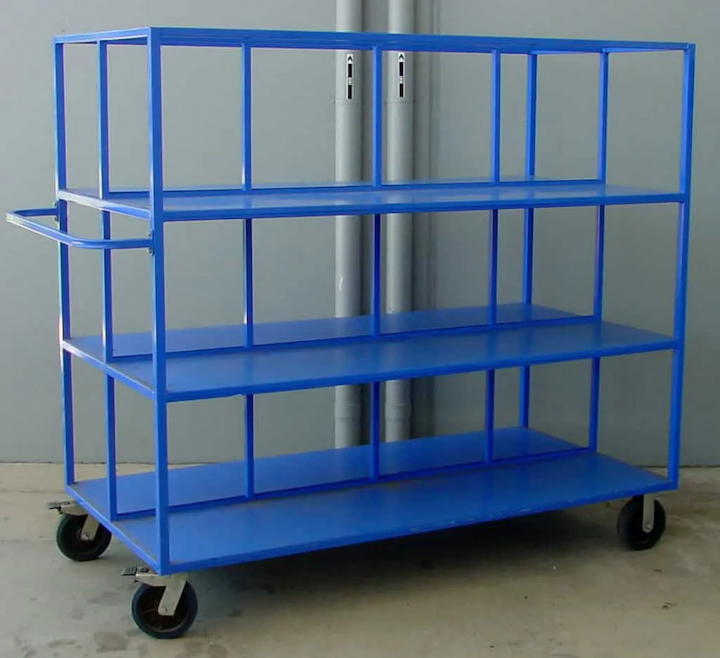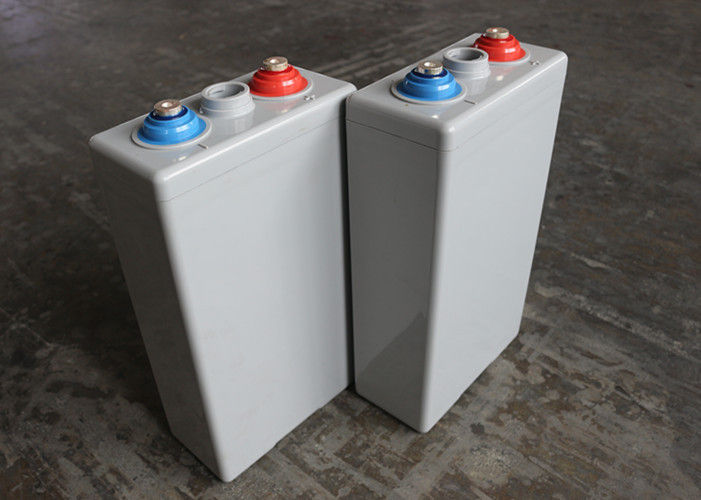Tackle Tough Tasks with Ease: Why Heavy-Duty Trolleys are a Game-Changer
In hardworking environments, efficiency and safety often go together. When you are moving heavy items or awkward loads, having the right equipment can make all the difference. Trolleys are one of those unsung heroes that make things run smoothly behind the scenes.
They save time, reduce fatigue and help avoid accidents; all in all, they make routine tasks a whole lot simpler. Whether you work in a warehouse, a hospitality setting, a factory or even a large retail space, quality heavy-duty trolleys are one thing that you will soon come to rely on.
What Are Heavy‑Duty Trolleys?

A heavy-duty trolley is essentially a wheeled platform or frame built to support heavy or bulk loads with minimum effort. Unlike light trolleys meant to move small loads, these are built with heavy-duty material like reinforced steel, aluminium or high-grade polymers that can support heavy weight without bending or breaking.
The build usually has a robust base, stable wheels and a handle for easy manoeuvring. Some have several shelves, covered sides or specialist attachments, but the idea is always the same: they are built to handle heavy-duty jobs. Instead of manhandling heavy loads, a trolley allows you to move them with one motion, reducing journeys and sparing your back the unnecessary strain.
Types
The heavy-duty trolleys come in different forms, which are designed for application in dissimilar environments. Platform trolleys are among the most common and have a flat floor, which is very appropriate for boxes, machinery and layered products. They are applied by numerous firms to easily transport stock between shops and shop floor spaces.
Shelf trolleys have a number of levels, making them the best to use for small items while in transit. This is what is practised in healthcare and hospitality settings, where staff are required to carry numerous tools or supplies at a time using a trolley. Cage trolleys exist, with sides made of mesh or solid material that enclose the contents. These are best suited for laundry departments, logistics operations or any operation handling loose or irregular materials.
Features
It is the features of a heavy-duty trolley that make it stand out from regular carts. Heavy load capacity is standard, with many models featuring capacities to handle hundreds of kilograms with ease. The materials will typically be rust and corrosion resistant to ensure they can handle wet or outdoor environments.
Wheels are a valuable feature, too. Heavy-duty castors with easy-swivelling wheels enable you to whip around tight corners or nudge into confined aisles with ease. Locking brakes give an added safety, keeping the trolley in place when you want it to stay put.
Control and comfort are considered when making handles, which often include ergonomic grips or twin-handle systems to provide better balance. Non-slipping surfaces, bumper edges to protect damaged walls and equipment, or modular components to allow you to customise the trolley to your exact needs are included in certain versions. It is these small things that turn a mediocre cart into an effective device.
Benefits
The benefits of using heavy‑duty trolleys are more than simply making it easier to do the job. They play an important part in keeping the workplace safe. Lifting and carrying heavy items by hand increases the chance of back injury, falling and straining. By moving that weight onto a trolley, staff can move products with less effort and decreased risk.
Trolleys also make life easier. Instead of moving to and fro with small loads, you can get it all at once. In pressured situations, that saved time adds up big, so individuals can focus on more pressing things. A trolley also makes things easier to move safely. With solid sides and shelves, objects are less likely to be dropped or broken, which is a bonus when working with breakables or valuable items.
Another benefit is versatility. A well-chosen trolley is capable of being utilised in many applications, from refilling shelves to moving tools around a workshop. Being strong, heavy-duty trolleys are a cost-effective purchase. They will last years of day-to-day use, thereby cutting down replacements and maintenance over the long term.
Uses
Uses of heavy-duty trolleys are as wide-ranging as the sectors that rely on them. They are essential within warehouses to move stock, load lorries, and restock shelves. Shopping outlets use them for restocking shelves and moving seasonal displays. Within the hospitality industry, they are well-suited to the movement of large quantities of tableware, linen or cleaning supplies.
The heavy-duty trolleys are used by factories and workshops to move machinery parts or raw materials from station to station to streamline production and eliminate unnecessary lifting. In school or an office, even a light-duty or heavy-duty trolley can be used to move books, files or electronics without any risk. The versatility of these products is such that once you have one, you’ll be constantly thinking of more and more applications for it.
To Wrap Up
Trolleys made for heavy-duty use are not glamorous, but they are certainly useful. They save time, reduce the amount of physical work and create safer and more efficient workplaces. With different models and capabilities to suit a wide range of activities, there is a trolley that can help you overcome whatever you are faced with.





